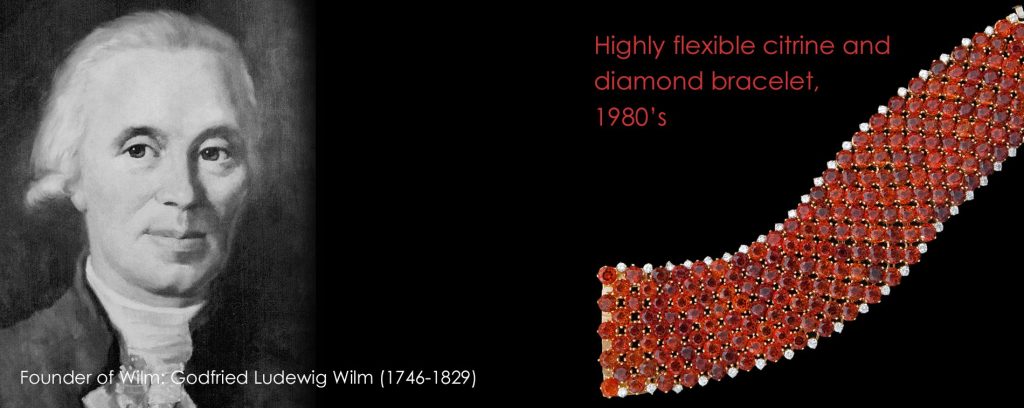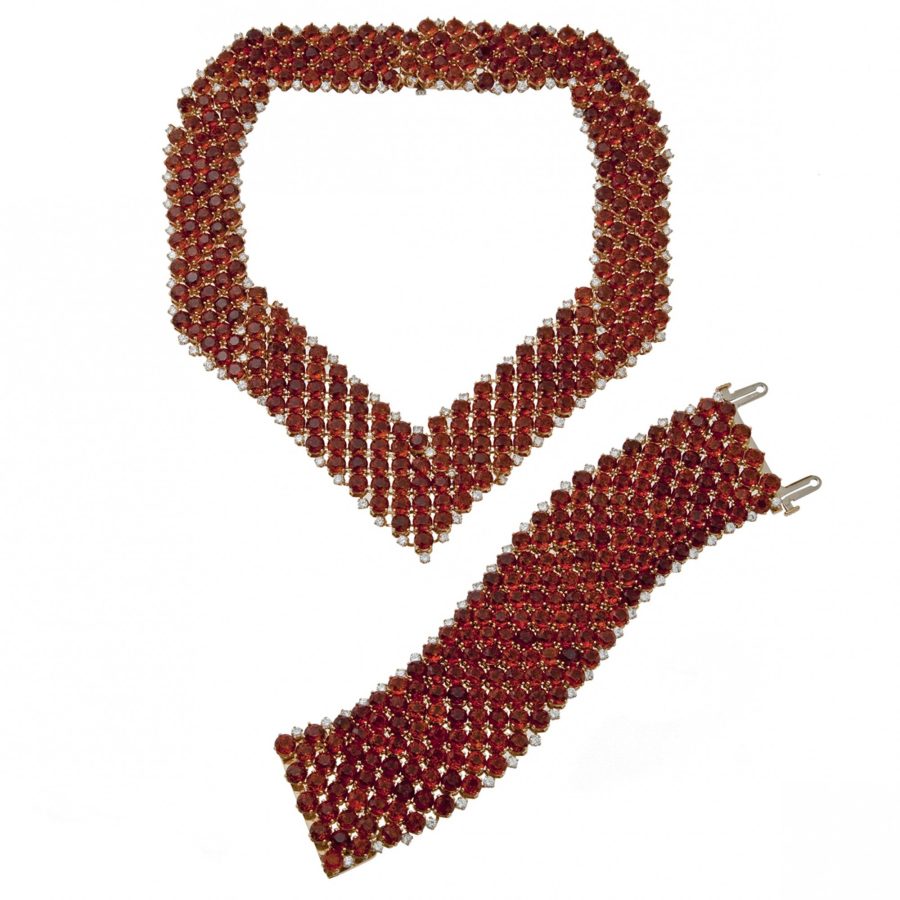Contact details
Marjan Sterk Fine Art Jewellery
Nieuwe Spiegelstraat 63
1017 DD Amsterdam
The Netherlands
Telephone: +31 (0) 20-6248703
info@marjansterk.nl


